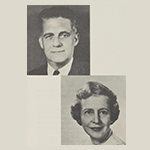He was a master negotiator; she protected mail-order brides.
George Hamlin Shaw (1890-1956)
Florence B. Shaw (1898-1963)
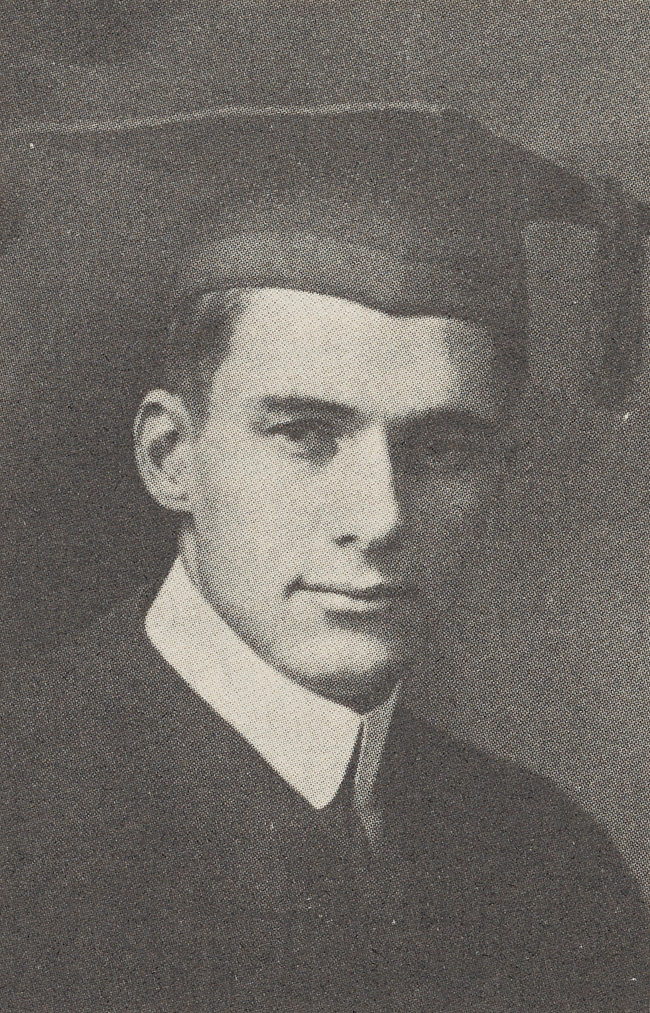
Should college students who wait on tables at a local boarding house organize into their own labor union?
Most youths in 1909 would have said no. But George Shaw, a student at the University of Colorado at Boulder, thought otherwise. This strong opinion produced one of many successful enterprises on his way through college and law school.
He was not fond of working in the boarding house, known as Ma Hathaway’s, which was described as a “Victorian giant with fumed oak furniture, beaded lampshades and watered-down milk.” He preferred the dry-cleaning establishment he later operated for students.
George Hamlin Shaw was born in Houlton, Maine, on August 3, 1890, the son of Ranford W. and Mary Drake Shaw. His father served as attorney general for the state of Maine. George spent his boyhood in Houlton, but he was a sickly child who suffered from asthma. When he was 14 and it appeared he might not survive the New England climate, his parents made the difficult decision to send him out West, hoping the change of climate would relieve his suffering. The gamble succeeded, and, although George was never completely free of allergies, his condition improved. But it came at a price: George and his parents did not see each other for seven years.
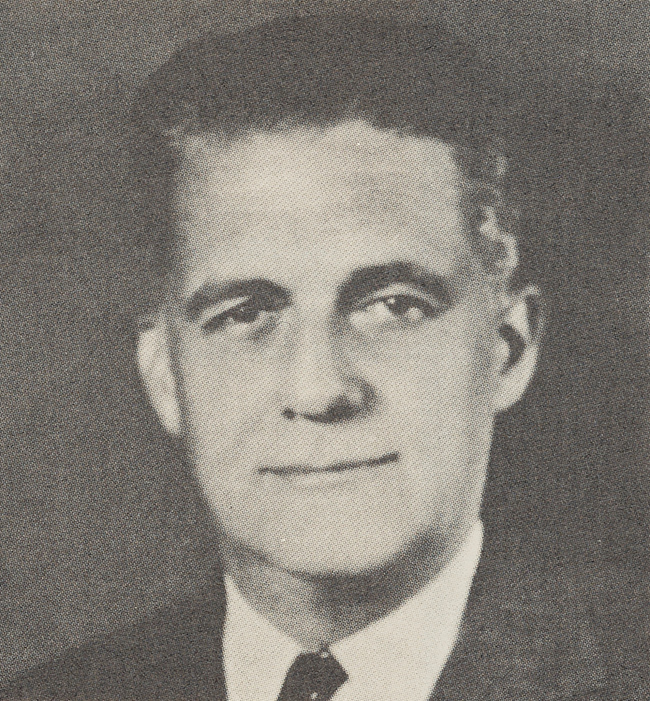
In 1908, George entered the University of Colorado in Boulder. While he was a sophomore, he organized Ma’s other student waiters into the “Intercollegiate Waiters Union, Boulder Local No. 1.” Shaw, a handsome and disarming 6-footer, conceded that he had no grievance against his employer; he simply wanted to practice his organizing skills. (Two years earlier, he won an interscholastic oratorical contest in Southern California on the subject “A Plea for the Open Shop.”)
In December 1913, while still a student, George married May Harding. They had three children: Richard, Mary, and Dora. Ultimately, the marriage was unhappy, and they divorced after 20 years.
George was 25 when he received his law degree from the University of Colorado and was admitted to the Colorado Bar. With another young lawyer, he opened a law office the same year in Fort Collins, Colorado. It did not take him long to plunge into politics, and soon he was holding down the jobs of county attorney and Republican state chairman. At the same time, he was handling an increasing number of cases for public utility companies. One client was the North Colorado Power Company. Another was the Public Service Company of Denver. Representing this firm against those who advocated municipal ownership of Denver’s gas and electric facilities, he successfully convinced the people and the city council of the advantages of private ownership. As a result of this victory, Shaw was chosen to represent the Cities Service Company in pipeline rate cases in Kansas and Oklahoma.
In 1927, Shaw moved to Denver. Three years later, he ran as Republican candidate for the U.S. Senate and was defeated. Then in 1933, he left the West and joined the Cities Service Company as industrial relations advisor in New York, where he met Florence Berlowitz.
Unlike George Shaw, whose early years were marked by struggle, Florence was the daughter of a wealthy businessman. She was born in Lafayette, Indiana, on January 14, 1898, the only child of Julias and Mayme Newman Berlowitz. Her father had made a fortune in the Chicago hide market and had interests in public transportation and banking in Lafayette. He became president of the Lafayette Street Railway Company (later the Lafayette Transit Company) and was a director of the First Merchants National Bank.
Julias Berlowitz was a Russian immigrant and a legendary figure among his contemporaries. Although he was fluent in several languages, English was not one of them. Apparently, his inability to read or write English was no handicap; with his acute business sense, he became a wealthy man.
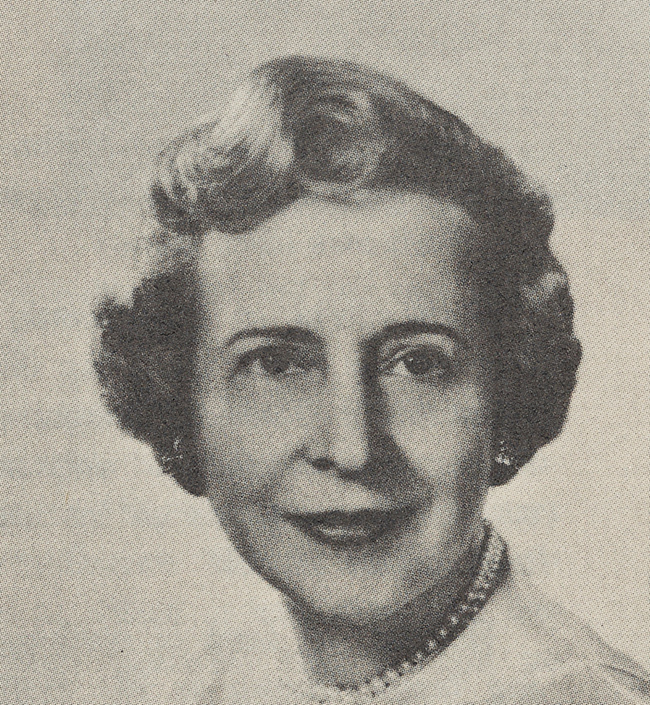
Flo attended public elementary school in Lafayette, then went on to the Julia Landers School for Girls in Indianapolis. After discovering that history and politics were her interests, she enrolled as a special student at Purdue University in her hometown. Although she never got a degree, Flo took courses that interested her whenever and wherever she could.
Flo studied for a time at the Sorbonne in Paris and at Columbia University’s Institute of Government and Politics. While in New York, she met George Hamlin Shaw. By now, Flo had married unhappily, and George’s marriage had come to an unhappy end. Flo and George were married in 1936, when she was 38 and he was 46. Their marriage marked the beginning of a rewarding period for them both.
In 1928, Flo Shaw had begun working as a volunteer for New York Travelers Aid (now called Travelers Aid), designed to protect women and girls traveling alone. One aspect of her job was to wait on the piers to meet mail-order brides, some of whom expected their bridegrooms to look like the pictures of John Barrymore that less-attractive suitors had sent as photos of themselves. As World War II began, Flo helped create and direct the servicemen’s lounges in New York’s Pennsylvania Station and Grand Central Terminal. Nationwide, the lounges became havens for about 10 million members of the armed forces. From 1950 to 1954, Flo served as president of the National Travelers Aid Association (now called Travelers Aid International), and she was chairman of the board from 1954 to 1956, the first woman to serve in that position.
President Harry S. Truman appointed her to the Committee for Religion and Welfare in the U.S. Armed Forces, which recommended in 1950 the reactivation of the USO (United Service Organizations). She then served as vice president and member of the board and the executive committee.
After people, music was Flo’s great passion. For more than 25 years, she volunteered for the New York Philharmonic Orchestra. In 1952, she was appointed to the board of directors. Flo was chairman of the subscription committee and headed the committees for the successful pension fund concerts. As vice chairman of the Stadium Concerts Committee, she worked closely with Minnie Guggenheimer to bring the philharmonic to Lewisohn Stadium. In 1959, she traveled to Moscow for the orchestra’s concerts under the direction of Leonard Bernstein.
Her work with Travelers Aid and her love for music brought Flo into UNESCO (the United Nations Educational, Scientific and Cultural Organization), where her first experience was with the exchange of artists, students, and scholars. Appointed by the State Department, she was a member of the executive committee from 1954 to 1957. In 1959, she visited India as a delegate to the ninth International Conference in New Delhi and was a guest of Prime Minister Jawaharlal Nehru.
Meanwhile, George Shaw was rising rapidly within the Cities Service organization. In 1936, he was made a director of the company. He had what was described by company executives as “a genius for getting along with people, and for helping them get along with each other. His ready quips have leavened with laughter many a solemn conclave of management and labor, resulting in a quicker meeting of the minds.”
The Shaws traveled abroad each year, often on trips connected with one of Flo’s projects, visiting friends in many countries. They toured Russia as early as 1937. “It was a fascinating trip but a rather frightening one,” Flo recalled later. “The war clouds were gathering, and the signs were ominous.” When World War II was over, they often visited England and Monaco, but Flo’s favorite away-from-home spot was Bangkok, where she was fascinated by the coexistence of the ancient and the modern.
Two or three times a year, George and Flo visited Flo’s hometown, Lafayette, Indiana. There she owned “Shaw Farms,” the largest combination of livestock and grain farming lands in Tippecanoe County, and there she had the dubious honor of paying more real estate taxes than anyone else in that prosperous agricultural center.
On January 19, 1956, George Shaw was elected vice president of the Cities Service Company. Three months later, on April 24, he suffered a heart attack and died suddenly in Dover, Delaware, where he had gone with other executives to the company’s annual stockholders meeting. He was 66.
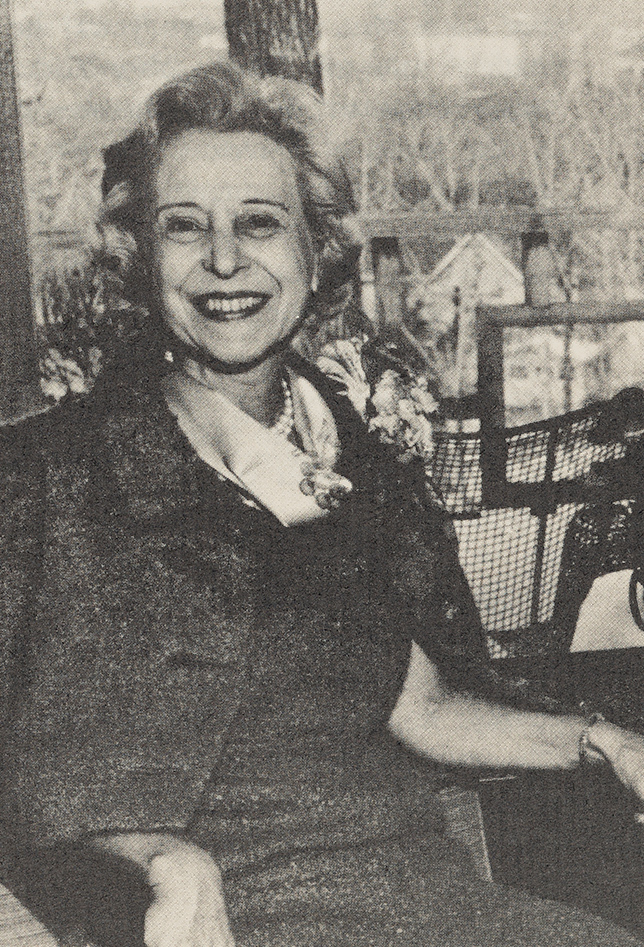
A memorial written for the company magazine read: “Throughout these years of service, he brought to his duties a sound judgment and a sincerity of purpose which won for him the deepest respect of everyone with whom he came in contact.”
Grieved as she was at George’s death, Flo Shaw was not the sort of woman to remain in seclusion. She forced herself to work even harder in her many projects. “People need help all the time,” she said.
A few years later, Flo became ill, and her disease was diagnosed as leukemia. For two years, she battled the disease, always believing she would win but prepared to accept the fact that she might not. Then, on December 19, 1963, at age 65, Florence Shaw lost the fight.
As early as 1944, George and Florence Shaw set up the Shaw Foundation for philanthropies that would benefit others for years to come. Well established during their lifetimes, it continues today as part of The New York Community Trust.
